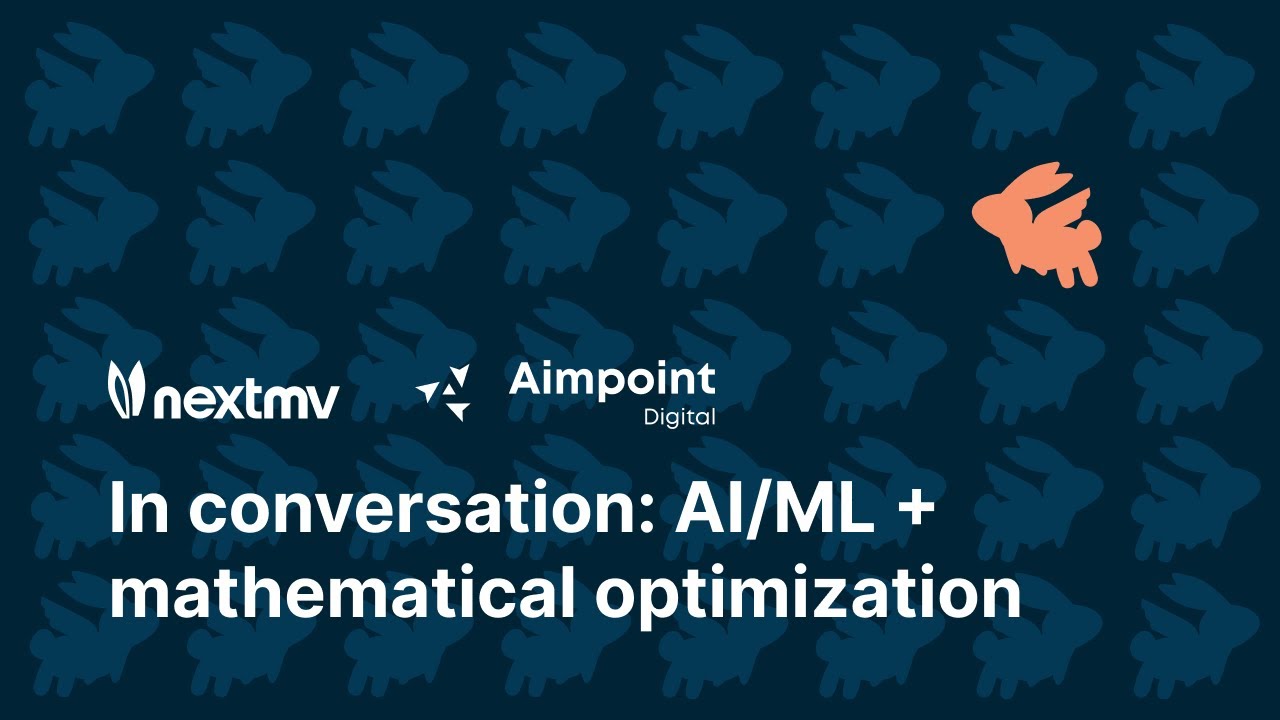The success of optimization efforts is heavily reliant on business goals and context. While there are many different kinds of optimization applicable across a wide range of industries, certain contexts require more advanced solutions. However, the more complex a solution, the more demanding its implementation is going to be. In particular, a recent complex manufacturing engagement allowed us to utilize a multi-objective genetic algorithm to optimize a large-scale, complex use case. The solution enabled users to be both proactive and reactive in an overwhelmingly complicated logistical planning environment.
Structure of genetic algorithms
Genetic algorithms, as the name suggests, borrow concepts and heuristics from Biology, pitting possible solutions against each other as competing individuals in a population. Within a genetic algorithm, solutions, or individuals, are built from values, or genes. Each full set of genes is called a chromosome, of which two chromosomes make an individual. After a population of potential solutions has been generated, each individual is compared to each other individual. This competition will determine the best of the group. As the human population evolves over time, so will the population of potential solutions. A new generation population will be generated consisting of the best individuals, new untested solutions, and a hybrid of individuals. By continuing to pit individuals against each other and determine the best of the best, the algorithm will give you a robust, optimized solution at the conclusion of evolution.

Emulating biology
In our manufacturing problem we set out to optimize order fulfillment by transportation type and loading configuration. Each individual corresponded to a plant’s complete load schedule for a set window of time. Each variation of order fulfillment through time was then pitted against each other to determine the most genetically sound individuals or in our case, the schedules that best met our objective. To determine viability of individuals within genetic algorithms, possible solutions are passed through a fitness function. A higher fitness value means the solution is of a higher quality. In business contexts, this fitness function reflects the defined business goals and usually deals with cost in some form. The better performing, high fitness value solutions are then paired together, generating offspring that represent the most optimal solutions to the given problem. In our manufacturing context, this was a pairing of different loading schedules measured by their ability to conform to real world constraints of cost, material availability, customer priority, on time fulfillment, and transportation utilization. Reduction of cost and on time fulfillment were the competing objectives of the overall modelling effort while other considerations determined fitness of competing viable solutions. Material availability and transportation utilization were measured both by their current state – i.e. how much do I have available today – as well as their future state – i.e. how much will I have available tomorrow. These pieces of the model were built on a combination of ingesting near real time data and a robust predictive element that enabled users to both deal with the current and plan for the future. This combination of multiple objectives, business defined fitness functions, real world constraints, and predictive elements was especially powerful.
The building blocks of complexity
No one algorithm or technique can solve every problem. Even within a single company or context, multiple types of solutions may be needed for differing problems or as a single problem evolves. More advanced optimization models especially require the right context and structure to be utilized successfully. The necessary technical complexity of implementing a multi-objective genetic algorithm requires a more robust infrastructure and a more self-sufficient user group than more standard or more simplistic solutions. In our manufacturing context, the multiple levels of competing considerations in combination with an ongoing digital transformation laid the groundwork for such a technically demanding solution.
Aimpoint Digital will help you take an idea from thought through execution. This collaborative journey will enable you to get the most out of your data and technology investments. Contact us to begin your acceleration process.




